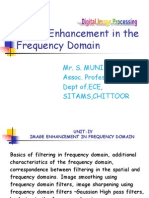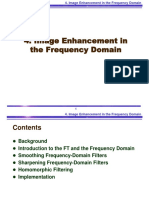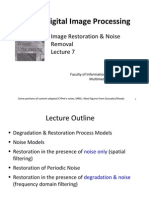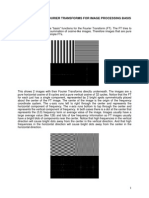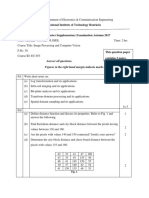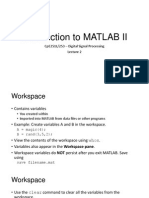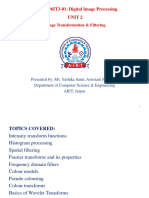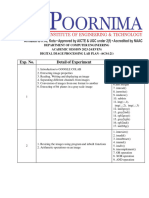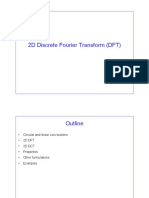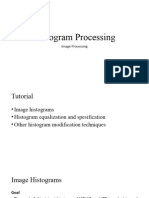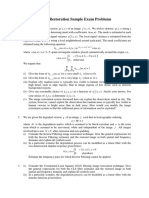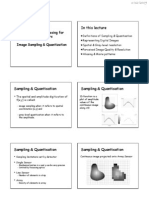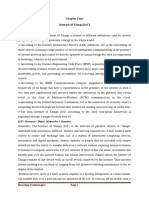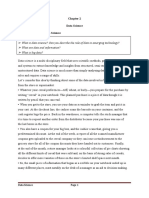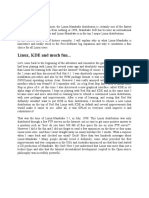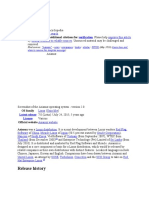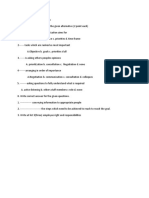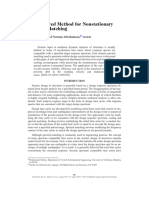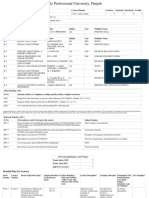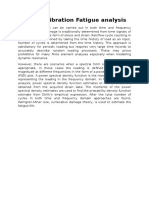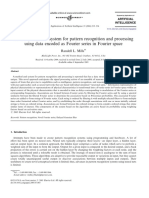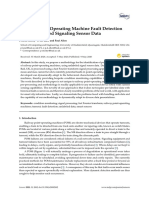0% found this document useful (0 votes)
257 views58 pages5 - Lesson (Frequency Domain Image Processing)
This document discusses filtering images in the frequency domain. It covers:
1) The Fourier transform which transforms images into the frequency domain for processing before applying the inverse transform back to the spatial domain.
2) Common filters used in the frequency domain like ideal high pass, ideal low pass, Gaussian high pass and Gaussian low pass filters which are used for operations like blurring and sharpening images.
3) The relationship between the spatial and frequency domains and how filtering in one domain is equivalent to convolution in the other.
Uploaded by
Abdataa waaqaaCopyright
© © All Rights Reserved
We take content rights seriously. If you suspect this is your content, claim it here.
Available Formats
Download as PPT, PDF, TXT or read online on Scribd
0% found this document useful (0 votes)
257 views58 pages5 - Lesson (Frequency Domain Image Processing)
This document discusses filtering images in the frequency domain. It covers:
1) The Fourier transform which transforms images into the frequency domain for processing before applying the inverse transform back to the spatial domain.
2) Common filters used in the frequency domain like ideal high pass, ideal low pass, Gaussian high pass and Gaussian low pass filters which are used for operations like blurring and sharpening images.
3) The relationship between the spatial and frequency domains and how filtering in one domain is equivalent to convolution in the other.
Uploaded by
Abdataa waaqaaCopyright
© © All Rights Reserved
We take content rights seriously. If you suspect this is your content, claim it here.
Available Formats
Download as PPT, PDF, TXT or read online on Scribd
/ 58




